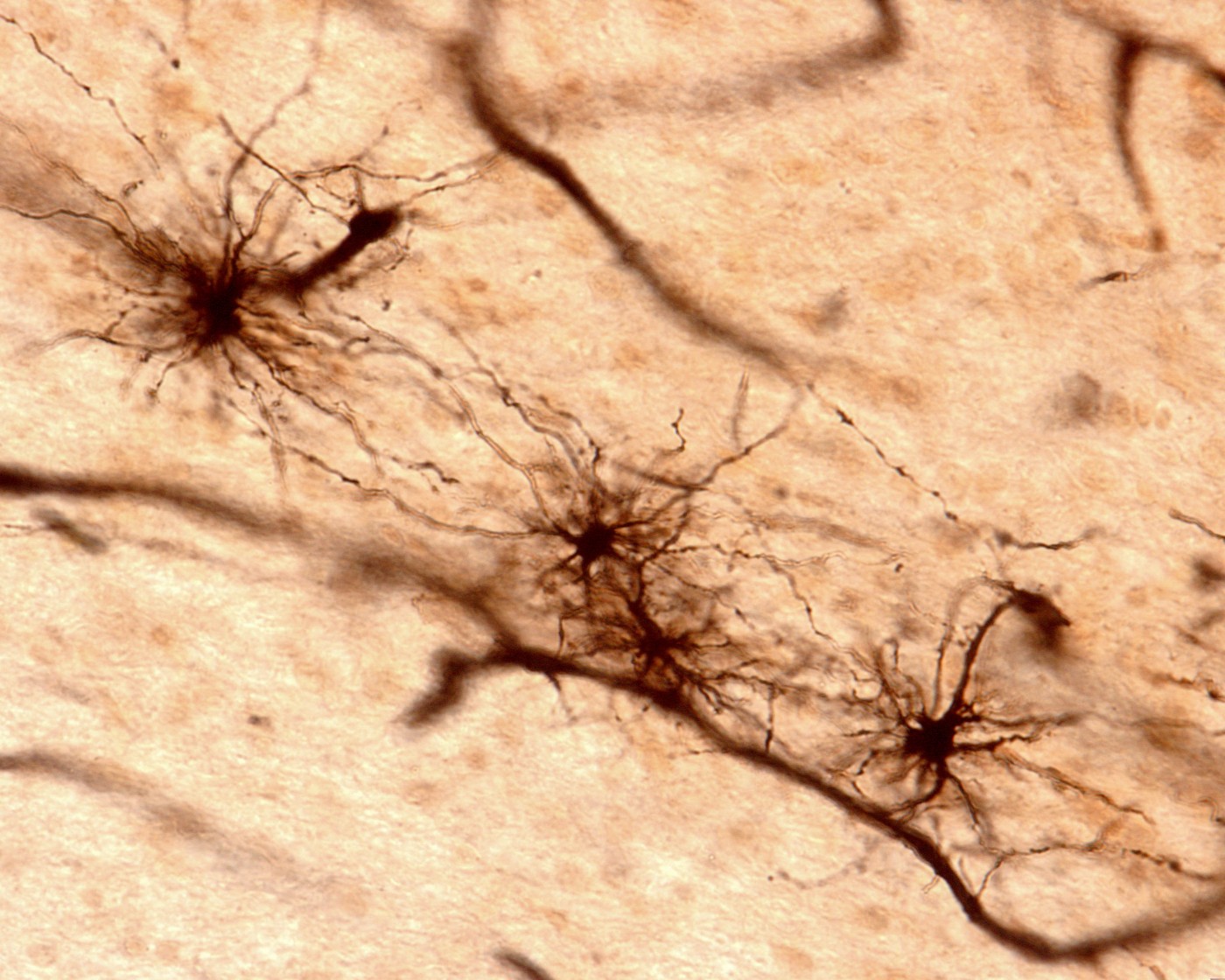Genetically Engineered Mice Will Shed Light on Astrocyte Brain Cells’ Role in ALS

New types of genetically engineered mice that allow scientists to study brain cells called astrocytes are expected to advance the understanding of how the cells contribute to diseases such as amyotrophic lateral sclerosis (ALS).
Inserting a gene sequence in a specific position makes it possible for researchers to turn a gene on and off using a common treatment — if the gene sequence is found in astrocytes.
Earlier attempts have been made to produce this animal model. But until now, no one has succeeded in designing a genetically engineered mouse in which a gene can be manipulated only in astrocytes — and importantly — in all astrocytes in the brain.
Crossing the newly engineered mouse with other types gave the team multiple mouse models to work with. One mouse type was designed to facilitate studies of calcium signaling in astrocytes — the main mode of communication between astrocytes and neurons. That signaling allows the brain to change the way neurons work.
The study, “New Transgenic Mouse Lines for Selectively Targeting Astrocytes and Studying Calcium Signals in Astrocyte Processes In Situ and In Vivo,” was published in the journal Neuron.
“We’ll now be able to delete or mutate astrocyte genes that are suspected of contributing to diseases such as ALS to see whether they really do contribute,” Baljit Khakh, the senior study investigator, said. “That, in turn, could open up many new strategies for treating those diseases,” added Khakh, a professor of physiology and neurobiology at the David Geffen School of Medicine at the University of California at Los Angeles.
Scientists have discovered in the past few decades that astrocytes are important contributors to normal brain processes. They also suspect that the cells contribute to disease. However, lack of tools for manipulating the cells has meant a slower pace of understanding than researchers want.
Recent studies suggest that abnormal astrocyte processes lead to neuron death in ALS. The new mouse model is likely to help scientists understand how this happens.
“The availability of these mice makes possible experiments that I think will keep researchers busy for many years to come,” Khakh said.
In addition to studying how astrocytes use calcium to communicate, researchers are using the mice to study the entire set of genes operating in astrocytes. The goal is to learn which genes turn cells into astrocytes and govern their actions.






